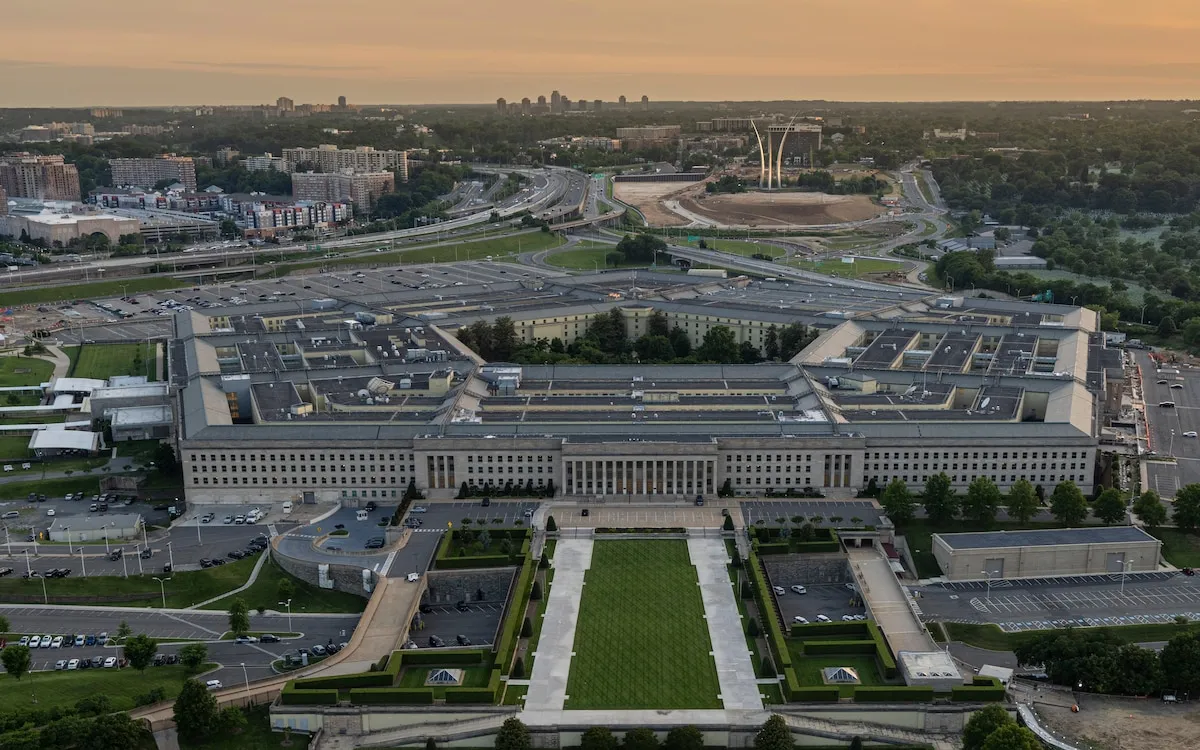
The Pentagon is taking significant action by deploying a Stryker Brigade Combat Team (SBCT) and a General Support Aviation Battalion (GSAB) to the southwestern border. This initiative accelerates efforts to fulfill President Donald J. Trump's directive aimed at enhancing military support for securing the U.S. – Mexico border. Pentagon Press Secretary Sean Parnell announced today that these units, equipped with advanced wheeled vehicle and air capabilities, are set to bolster border operations in the upcoming weeks.
Each Stryker Brigade Combat Team comprises approximately 4,400 soldiers and is part of the Army's nine SBCTs, which include seven active-duty and two National Guard units. Known for their rapid deployment and versatility, SBCTs are built around the Stryker vehicle, an eight-wheeled armored platform that adeptly balances mobility, protection, and firepower. The Stryker's design allows for transport via C-130 Hercules aircraft within a swift 96-hour window, making it exceptionally capable in operations requiring a rapid response.
Complementing the Stryker Brigade, the General Support Aviation Battalion consists of roughly 650 troops, providing essential aviation support. This battalion operates UH-60 Black Hawks for command and medical evacuation, as well as CH-47 Chinooks for heavy lifting, significantly enhancing operational reach and support for border missions. The combination of Stryker vehicles and aviation units ensures seamless coordination and effectiveness across the diverse terrain of the border.
The deployment of these forces, expected to arrive in the following weeks, underscores the Pentagon's steadfast commitment to collaborating with the Department of Homeland Security in securing the southern border. In a statement, Parnell emphasized the importance of maintaining the sovereignty, territorial integrity, and security of the United States under President Trump’s leadership.
This deployment represents the latest wave of active-duty troops sent to the border since President Trump's inauguration on January 20, 2025. Following his declaration to seal the border and combat illegal immigration and drug trafficking, initial deployments included 1,600 Marines and soldiers by late January, joining 2,500 reservists who had already been mobilized. Defense Secretary Pete Hegseth, addressing the mission's scope on his first official day in late January, emphasized the need for adaptability, stating that whatever is necessary at the border will be provided. This statement signals a robust commitment to the president's homeland defense priorities.